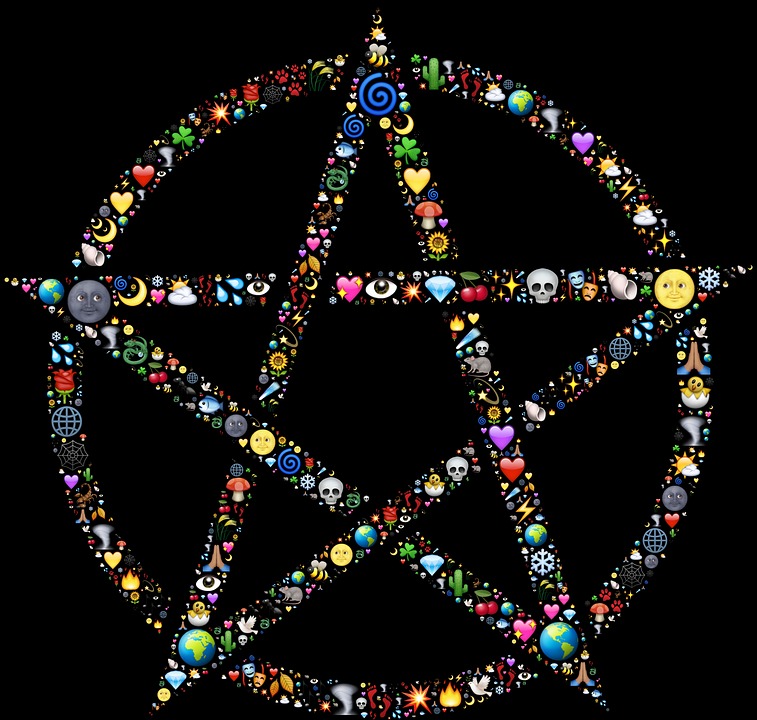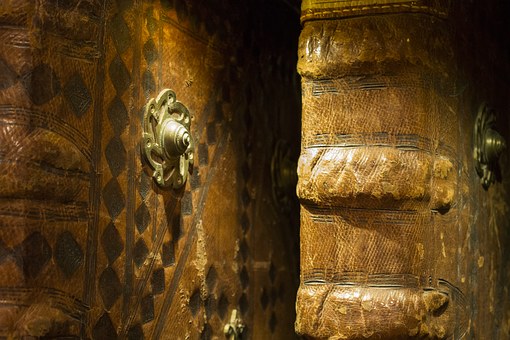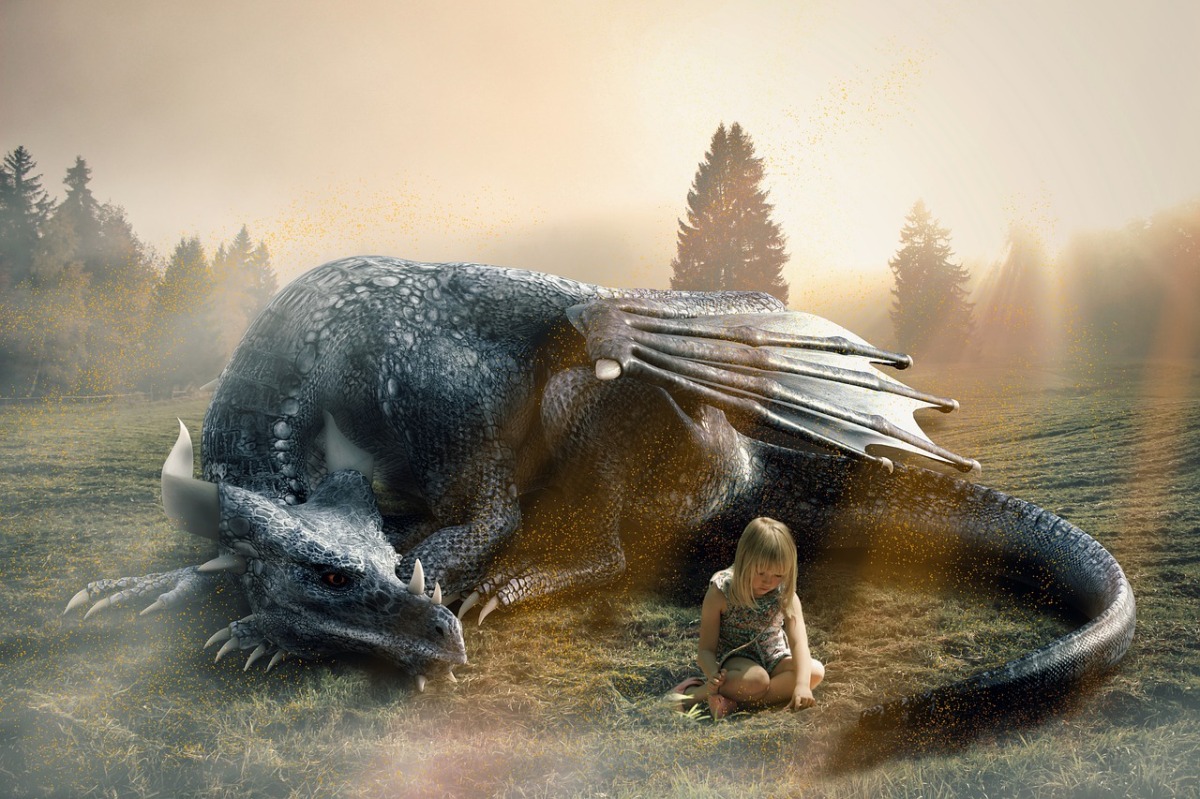Today’s lecture has two purposes. First, we will deal with the legends, meta-legends, and conventions that form the basis for most Neopagan ritual. Then we will discuss the purposes behind a witchcraft initiation, and walk through the one that the graduates of this class will perform.
Tag: of this
NEOPAGAN SYMBOLISM
Today’s lecture has two purposes. First, we will deal with the legends, meta-legends, and conventions that form the basis for most Neopagan ritual. Then we will discuss the purposes behind a witchcraft initiation, and walk through the one that the graduates of this class will perform.
- Theology/Thealogy
Theology and thealogy (the alpha-ending, Thea, being the Greek feminine ending) are outlined to show how Neopagans relate to their own and other people’s choices of gods. The hook on which this will all be hung is that most of the Gods represent facets of human experience personified.
Adamanthea
by Dr Anthony E. Smart
The nymph who nursed Zeus (when Rhea gave Cronus a stone to swallow instead of the new-born Zeus). Cronus was supposedly able to see everything that occurred in the realms over which he had dominion (the earth, heavens, and the sea), but Adamanthea deceived him by hanging the baby Zeus (in his cradle) from a tree, so that suspended between earth, sea, and sky he was invisible to his father. There are MANY versions of this story and the nurse has a different name in each: Ida, Adrasteia, Neda, Helice, Aega, Cynosura.
Dragon Types
Air – Air Dragons are the third rarest of the four types of Elemental Dragons. Members of this breed belong to a race of Draconic beings. At times join forces with the dragons of fire and volcanoes, seas and other waters, mountains and forests, and chaos. Sometimes there is conflict of elemental powers, producing great atmospheric and environmental disturbances, but mostly the elementals work in harmony.



